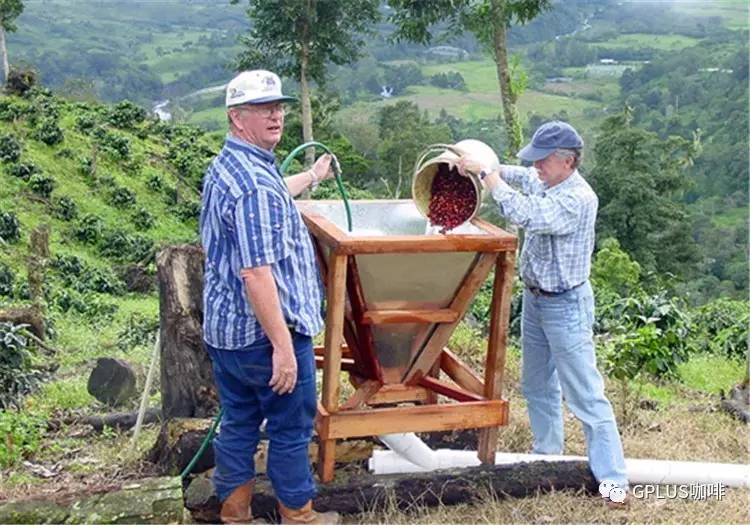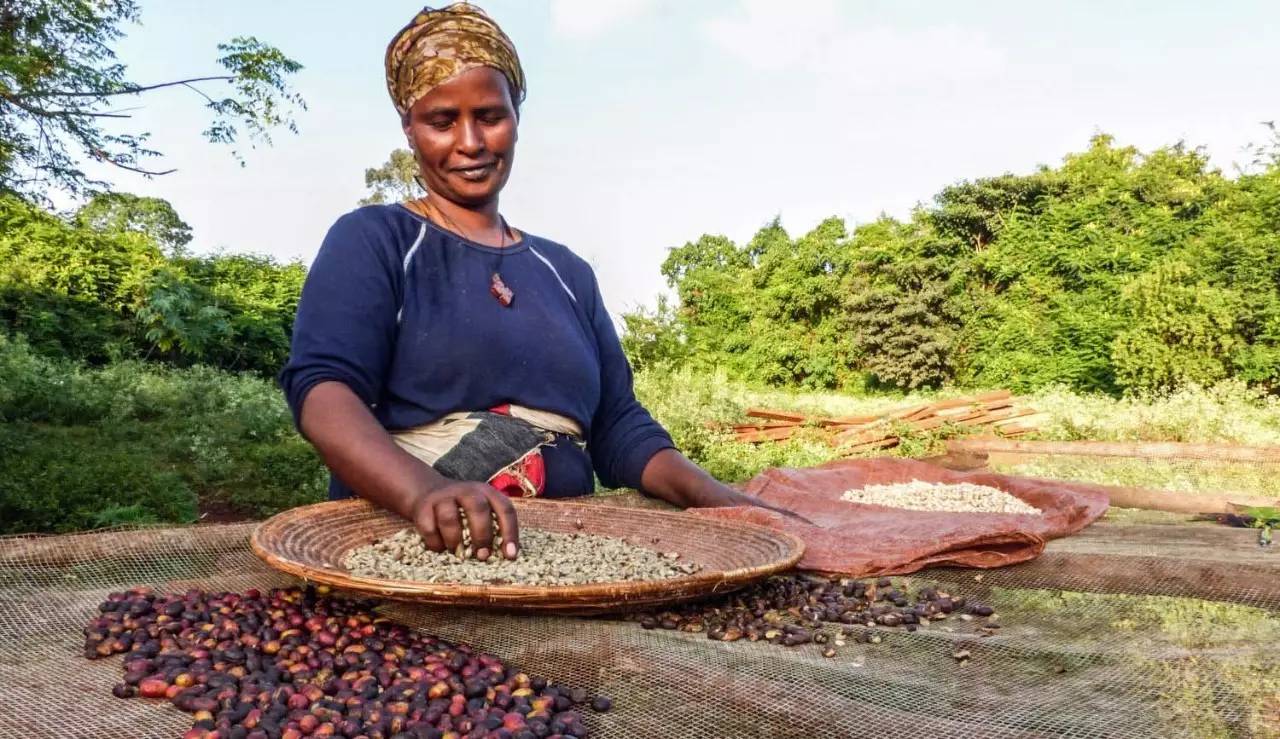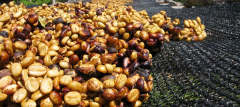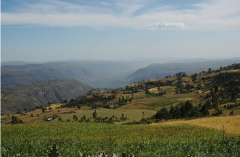Introduction of Costa Rican Coffee season treated with Honey from a New Micro-processing Plant in Costa Rica
For professional baristas, please follow the coffee workshop (Wechat official account qianjiecoffee)
Costa Rican coffee cultivation was introduced by Cuba in 1779 and exported for the first time in 1820. There are about 32000 coffee farmers, with an average planting area of less than one hectare per farmer. Costa Rica has a population of 4.1 million (2006), with a coffee planting area of 82500 hectares, annual production of 1.7 million bags (60kgs per bag) and annual domestic consumption of 380000 bags.

It is understood that Costa Rica is the country where coffee was first introduced into Central America and has a long history. The coffee organization has a complete system from production to marketing. Because it is located in the Central American Gorge, there are many volcanoes, it has the natural advantages of sunshine and land, and the climate is reconciled by Pacific and Atlantic currents and sea breezes at the same time, the coffee produced has the characteristics of local micro-climate and soil conditions, in terms of quality and quantity, Costa Rican coffee has always been recognized by the world, and has been rated as one of the world-class high-quality coffee. With many towering volcanoes up to 2000 meters above sea level, coffee berries grow slowly in fertile volcanic ash soil and cool environments at high elevations, giving birth to coffee beans with complete and rich flavor.
Costa Rica can be divided into two seasons each year. The dry season is from December to April, when coffee is harvested, while the rainy season is from May to November. In recent years, micro-processing plants have been set up one after another, and since the water consumption is only 5% of that of traditional washing plants, and does not require huge sinks and exposure fields, the investment required is relatively small. The honey treatment method with low acidity, high complexity and strong sweetness has become the target of competition in the coffee industry in recent years, and the outstanding ones have greatly enhanced the international popularity of the estates in recent years.

Important Notice :
前街咖啡 FrontStreet Coffee has moved to new addredd:
FrontStreet Coffee Address: 315,Donghua East Road,GuangZhou
Tel:020 38364473
- Prev

Brazil's top Datra estate washed sunrise coffee flavor green beans Description
Professional barista exchanges, please pay attention to coffee workshop (Weixin Official Accounts qianjieccoffee) Flavor description: citrus, almond, chocolate, grapefruit, cream Brazil's top Datra estate rising sun semi-washed varieties: Bourbon Bourbon, Kadulla Caturra production area: MinasGerais Minas-Giras region altitude: 1000 - 1100m Harvest period: June-9
- Next

Introduction to the flavor of Vera Saatchi of Bourbon in Shumawa Manor in the western valley of Costa Rica
Shumawa Manor, Costa Rica, is a very young manor; Francisco Mena, who was originally engaged in the coffee trade, bought the land and retained most of the original forests, only a small part of it was developed as a coffee growing area to maintain the natural ecological balance of the estate. Shumawa Manor is about 1670-1790 meters above sea level, and in Costa Rica
Related
- Does Rose Summer choose Blue, Green or Red? Detailed explanation of Rose Summer Coffee plots and Classification in Panamanian Jade Manor
- What is the difference between the origin, producing area, processing plant, cooperative and manor of coffee beans?
- How fine does the espresso powder fit? how to grind the espresso?
- Sca coffee roasting degree color card coffee roasting degree 8 roasting color values what do you mean?
- The practice of lattes: how to make lattes at home
- Introduction to Indonesian Fine Coffee beans-- Java Coffee producing area of Indonesian Arabica Coffee
- How much will the flavor of light and medium roasted rose summer be expressed? What baking level is rose summer suitable for?
- Introduction to the characteristics of washing, sun-drying or wet-planing coffee commonly used in Mantenin, Indonesia
- Price characteristics of Arabica Coffee Bean Starbucks introduction to Manning Coffee Bean Taste producing area Variety Manor
- What is the authentic Yega flavor? What are the flavor characteristics of the really excellent Yejasuffi coffee beans?

